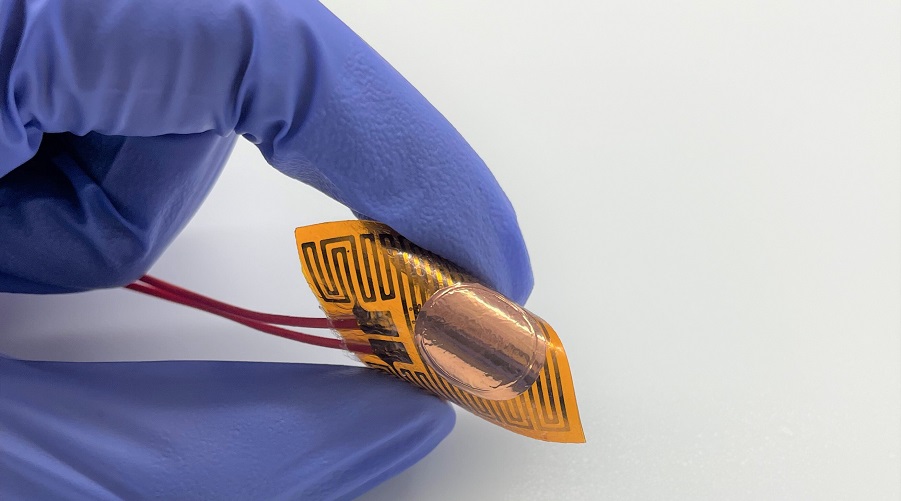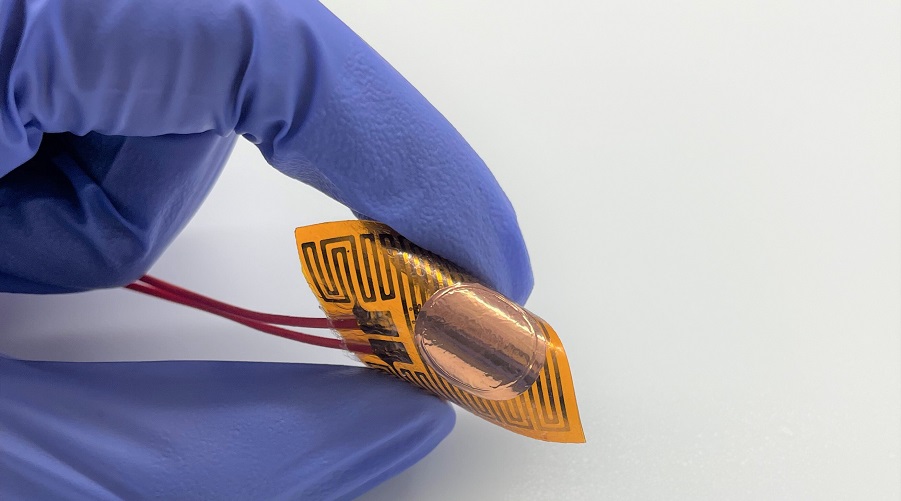

Thin-film copper sandwich. (Image courtesy of the Carnegie Mellon University).
Researchers at Carnegie Mellon University have manufactured a copper-based flexible material that works as the interface between electronic chips and their cooling systems.
So far and despite advancements in cooling solutions, the interface between both layers has remained a barrier for thermal transport due to their components’ intrinsic roughness. This has implications for electronic devices when it comes to overheating and burning out.
Sign Up for the Battery Metals Digest
The new solution, however, is composed of two thin copper films with a graphene-coated copper nanowire array sandwiched in between, which makes it safer and more reliable.
“Other nanowires need to be in-situ grown where the heat is designed to be dissipated so that their application threshold and the cost is high,” Rui Cheng, a postdoctoral researcher working on the new development, said in a media statement. “Our film isn’t dependent on any substrate, it is a free-standing film that can be cut to any size or shape to fill the gap between various electrical components.”
The “sandwich” builds out of lead researcher Sheng Shen’s supersolder, a thermal interface material (TIM) that can be used similarly to conventional solders, but with twice the thermal conductance of current state-of-the-art TIMs.
By coating the “supersolder” in graphene, Shen’s team enhanced its thermal transport capabilities and prevented the risk of oxidation, ensuring a longer service life. The “sandwich,” compared to the thermal pastes/adhesives currently on the market, can reduce thermal resistance by more than 90% when considering the same thickness.
Thanks to its ultra-high mechanical flexibility, the new material can also enable a wide range of applications in flexible electronics and microelectronics, including flexible LEDs and lasers for lighting and display, wearable sensors for communication, implantable electronics for monitoring health and imaging, and soft robotics
Moving forward, Shen’s team plans to explore ways to scale the material at an industrial level and lower its cost.
“We are very excited about this material’s potential,” Shen said. “We believe that a wide variety of electronic systems can benefit from it by allowing them to operate at a lower temperature with higher performance.”
THE FIRST E-COMMERCE SPECIALIZED ON TRUFFLES AND TRUFFLE PRODUCTS – TRUFFLEAT.IT

IL PRIMO ECOMMERCE SPECIALIZZATO IN DELIZIE AL TARTUFO E CAVIALE – CAVIAREAT.COM

